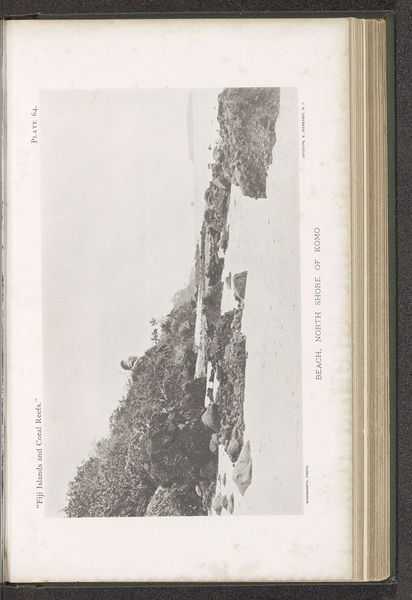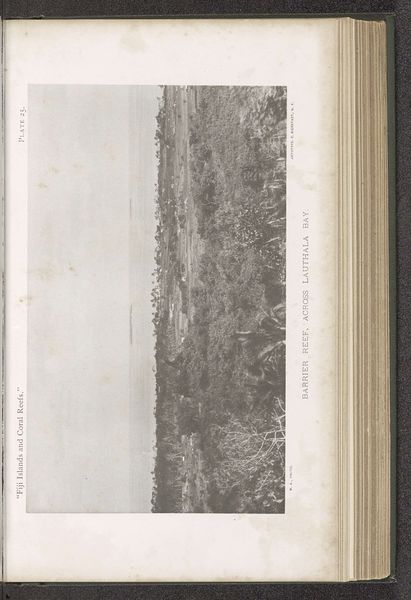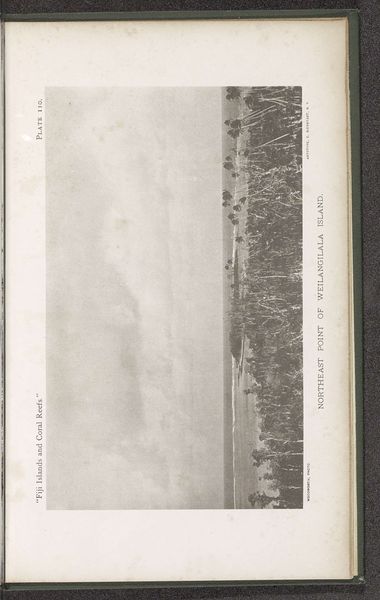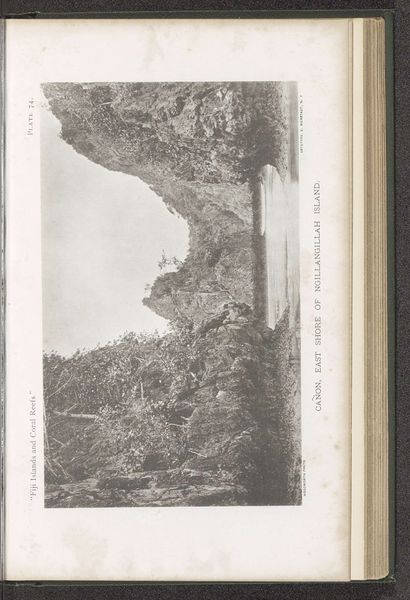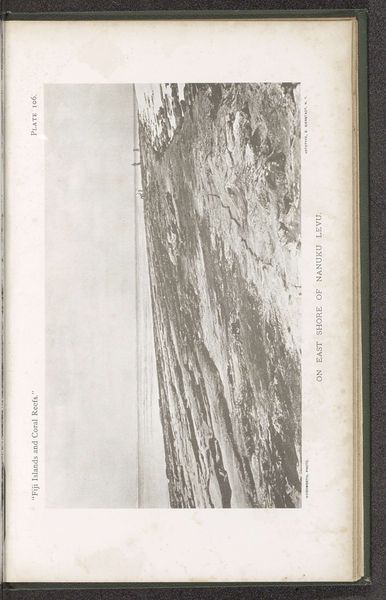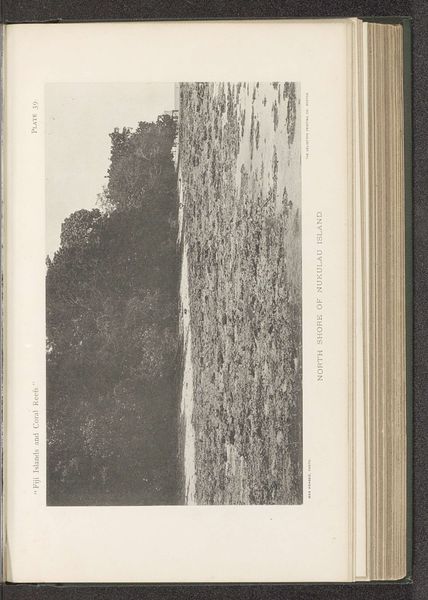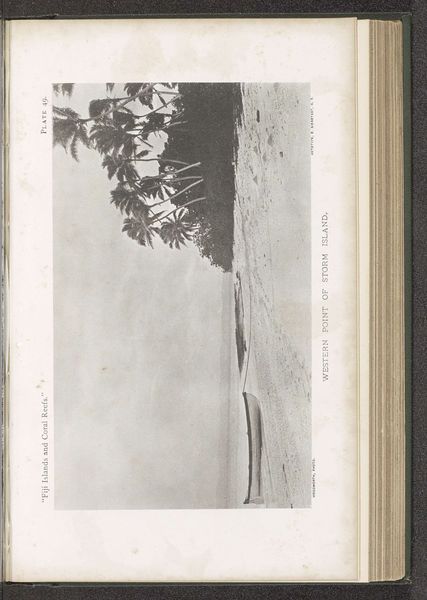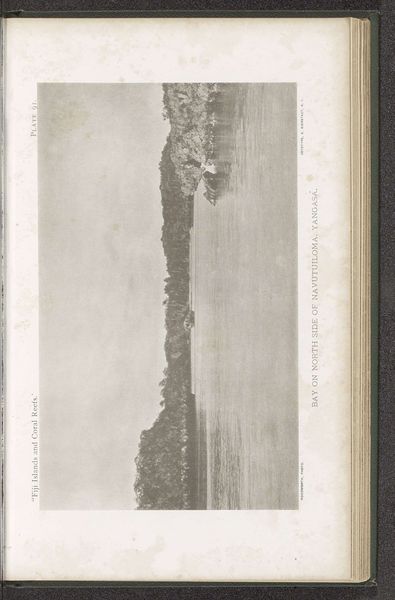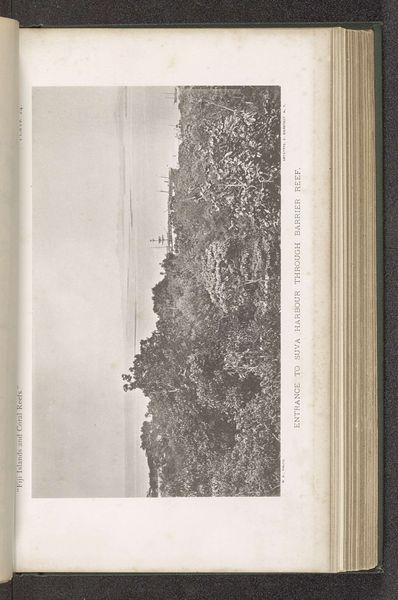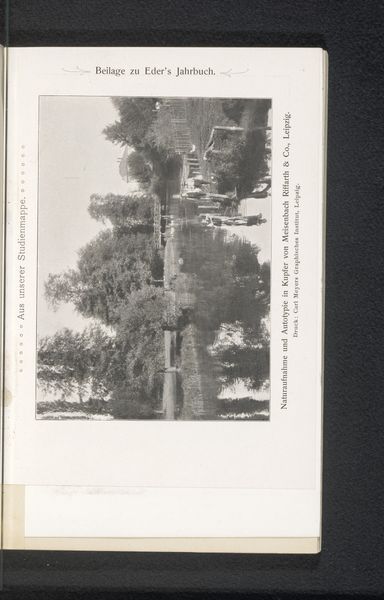
print, photography, gelatin-silver-print
# print
#
landscape
#
photography
#
gelatin-silver-print
#
naturalism
Dimensions: height 108 mm, width 179 mm
Copyright: Rijks Museum: Open Domain
Editor: Here we have "Gezicht op bomen en rotsen op Ngele Levu," or "View of Trees and Rocks on Ngele Levu," taken before 1899 by W. McM. Woodworth. It's a gelatin silver print and evokes a very particular, almost documentary feel. What can you tell us about it? Curator: This image exists at the interesting intersection of art and documentation, right? The late 19th century saw a huge rise in both amateur and professional photography, fueled by colonial expansion. This image, seemingly straightforward, is actually deeply embedded in that context. Editor: How so? Curator: Consider who is behind the camera, a certain W. McM. Woodworth, documenting "Fiji Islands and Coral Reefs," as it is labelled on the print. This type of photography played a key role in shaping Western perceptions and asserting control over colonized landscapes. The composition, while seemingly “naturalistic”, is constructed with the intention to depict a landscape, effectively cataloging natural resources to be later extracted and/or commercialised by the colonizer. The trees and rocks aren't just pretty scenery; they represent resources, land, and power. It's also relevant to consider where such photographs end up – likely displayed within institutions which catered largely to colonial administrators and settlers. Editor: I never thought of it that way. I was just seeing a simple landscape. Curator: Precisely! And that's the power of historical context. This isn't just a neutral image; it's a visual tool that participates in a much larger historical narrative of colonial influence. What's your takeaway now? Editor: I’ll definitely look at these older photos with new eyes, trying to understand the power dynamics at play. Thanks for that eye-opening perspective.
Comments
No comments
Be the first to comment and join the conversation on the ultimate creative platform.
